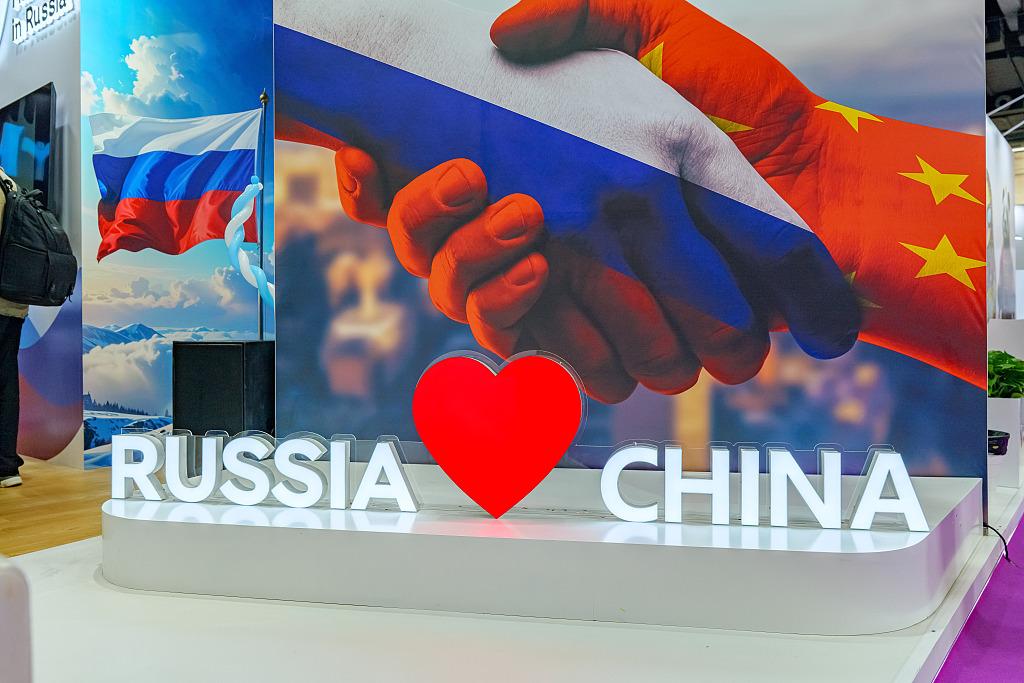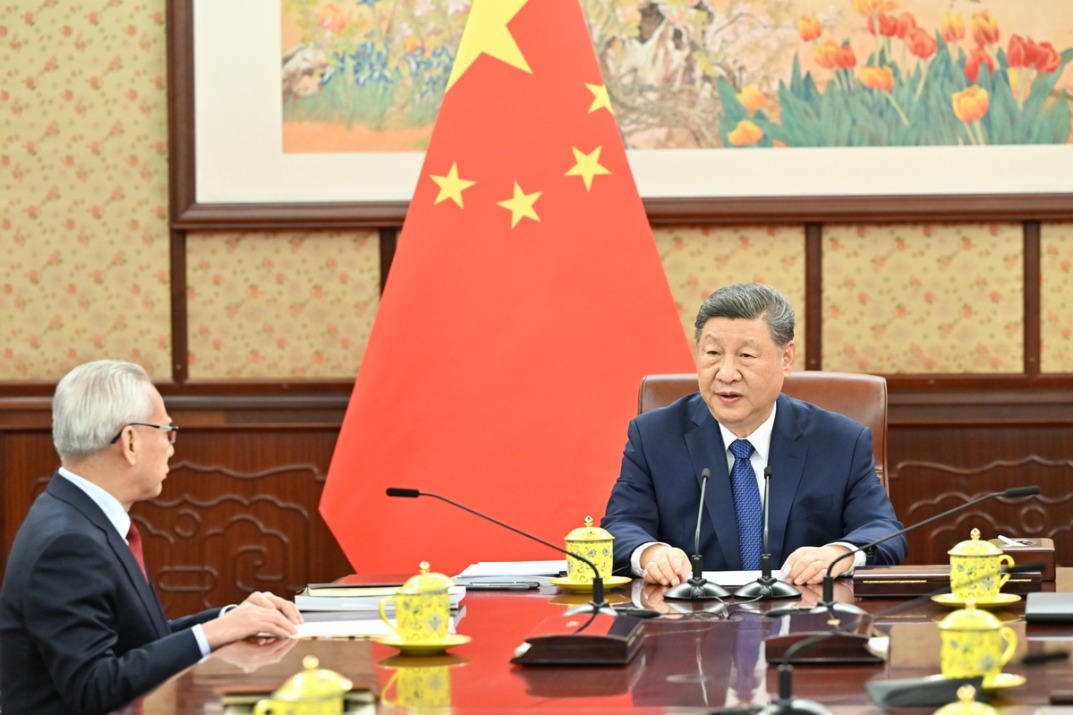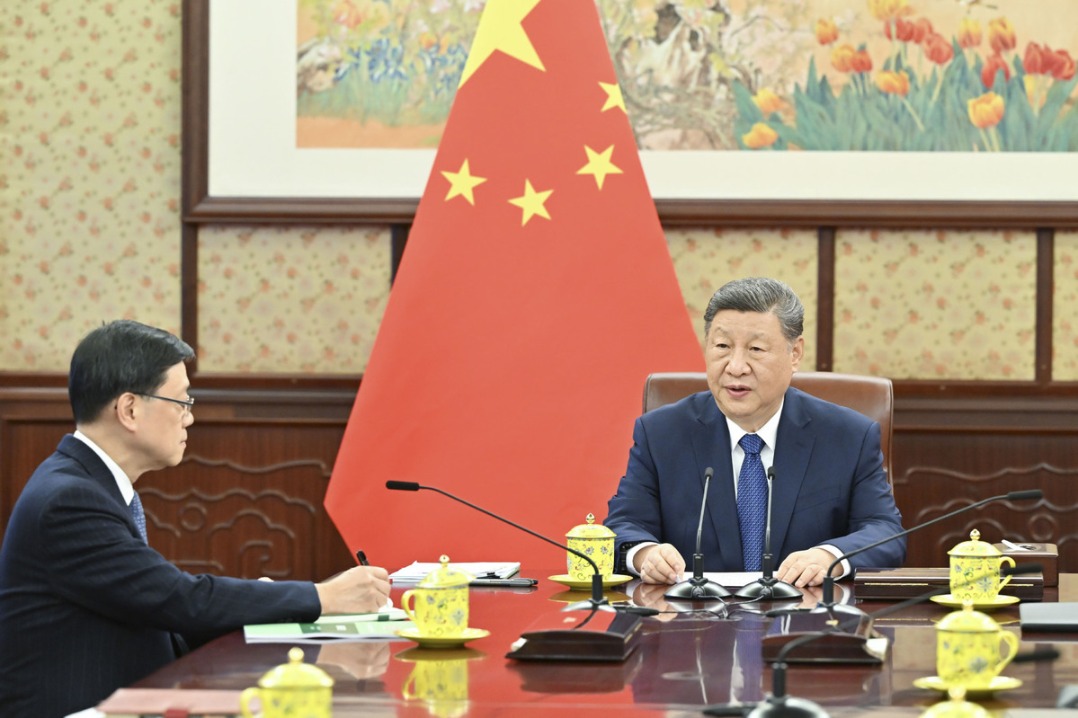China core market for US medical devices company
By Liu Zhihua in Shanghai | chinadaily.com.cn | Updated: 2024-11-08 15:24
China remains a core market for Edwards Lifesciences, especially with the ongoing improvements in the country's business environment characterized by expanding foreign investment access and faster product reviews, a senior executive of the United States-based medical devices company said.
Ben Cheong, senior vice-president of Greater China Region at Edwards Lifesciences, reaffirmed at the 7th China International Import Expo in Shanghai the company's commitment to deepening its role in China's healthcare landscape, through initiatives like patient education, doctor training and taking part in the CIIE, an annual event in Shanghai.
Edwards entered China over two decades ago, but its debut at CIIE in 2020 marked a turning point, bringing broader recognition of its innovative solutions for patients fighting cardiovascular disease, he said.
"We are very optimistic about our growth in China and have a long-term vision for our development here," said Cheong.
He lauded China's supportive policies for new product introductions and health insurance, stating, "Accelerated review procedures for innovative medical devices have made regulatory approvals faster and more efficient. Edwards' transcatheter aortic valve has also been covered by the healthcare reimbursement in regions such as Henan, Shanghai and Beijing, increasing accessibility to our products."
Leveraging the platform of CIIE, the transcatheter aortic valve has been successfully adopted in 112 medical centers across 27 provinces and cities, benefiting over 2000 patients in China.
As China's aging population drives cardiovascular disease rates, heart valve disorders have become the country's third most common cardiac condition after hypertension and coronary artery disease. Data from the National Center for Cardiovascular Diseases showed that heart valve disease affected about 25 million people in China in 2022, and Orient Securities projected in a report that the number could reach 40.2 million by 2025.
Despite the large number of patients, heart valve disease in China is underdiagnosed, often detected late, with only one percent to two percent of patients receiving surgical intervention and interventional treatment rates lagging behind developed nations. This gap presents significant potential for growth, especially in transcatheter solutions for high-risk patients unable to undergo open-heart surgery.
"Edwards in China has continually kept pace with global advancements, accelerating the introduction of innovative structural heart disease products to benefit Chinese patients," Cheong said.
The mismatch between the demand for high-quality medical services and the current diagnostic and treatment landscape in China also highlights the need for progress in areas such as clinical education and health communication.
Since 2019, Edwards has collaborated with top Chinese hospitals and experts to elevate cardiac care standards. The Edwards Surgical Academy has conducted nearly 80 training and academic programs, covering over 3,900 cardiac surgeons and benefiting approximately 80,000 patients. Notably, through the Teaching Center of Excellence project, Edwards has established 10 training centers with 29 recognized experts across China, equipping local clinicians with advanced techniques and skills.
Edwards also works to promote heart valve health awareness and connect patients with educational resources. Through the "Every Heartbeat Matters" (EHM) initiative, the Edwards Lifesciences Foundation has provided medical aid and screenings to support disadvantaged heart valve patients in China, Cheong said.
"Looking ahead, we will continue our focus on the Chinese market," Cheong added. "Leveraging platforms like CIIE, we aim to consistently bring innovative products to China, collaborate with Chinese physicians to advance clinical care, and align closely with the country's healthcare development as a trusted partner."
Leng Zichun contributed to the story
























